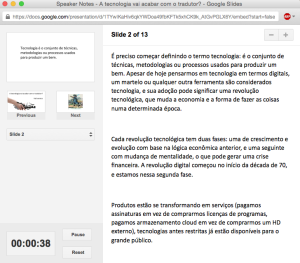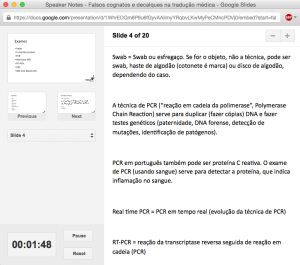Acabei de ver uma foto de um moleskine passando pela timeline do Facebook e me lembrei de um projeto sensacional que nasceu na saudosa 50302, a comunidade de tradutores e intérpretes do Orkut, da qual fui moderadora (com muito orgulho!) por alguns anos.
Os colegas, hoje amigos, tiveram a ideia de fazer um moleskine (nosso “molekinho”) passear pelo mundo, de mão em mão, para que tradutores de diferentes áreas e diferentes talentos mostrassem sua visão da tradução. O progresso e as histórias das andanças do molekinho ficou registrado no blog 50302 Unplugged.
Só agora, tantos anos depois, consigo pensar em uma “arte” pra colocar lá. Alguém sabe por onde anda o caderninho? Precisamos colocar o molekinho na estrada de novo!
Quer melhor jeito de desejar um feliz dia do tradutor do que mostrar como cada um vê a profissão? Feliz dia de São Jerônimo a todos os tradutores!


